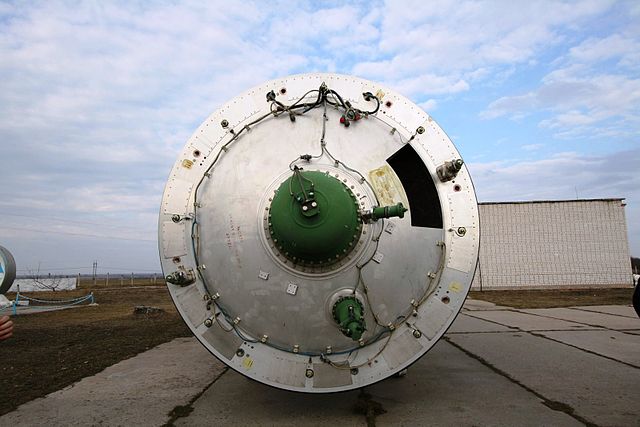Our views on nuclear weapons run the gauntlet from guarantor of our national security to theater of the absurd. Those partial to the former paint nuclear weapons as not a weapons system, but a threat that’s not even brandished, but sits on the shelf: “our nuclear deterrent.” To most, the concept of deterrence makes perfect sense. Even a child instinctively understands the basic principle: you need something to brandish in a bully’s face to make him back off.
But deterrence is infinitely more complex than it seems. In fact, it has inspired a library full of books, articles, and studies. Those works not only explore how deterrence can be employed and when it has ostensibly succeeded in preventing war, but, to the surprise of many, how it can actually bring us closer to nuclear war. Deterrence, in fact, is the gateway drug to the blinding of our senses and contortion of our thought processes that enable us to put our faith in nuclear weapons.
Nobody has laid bare the flaws of nuclear deterrence better than Michael MccGwire, the British expert on the Cold War and nuclear deterrence. In a 2006 International Affairs article titled Nuclear deterrence, he wrote:
… deterrence dogma fostered an assertive apolitical style that favoured preventive and punitive instruments, was distrustful of negotiations, and saw compromise as weakness. The possibility that US interests might be served by cooperating with the Soviet Union in dealing with problems around the world was excluded from consideration, and long-term objectives designed to help shape future Soviet policies were simply not addressed.
Even worse
Deterrence dogma fuelled the arms race rather than checking it. The deterrers hypothesized a malevolent Soviet Union anxious to exploit any chance to destroy the US, assumed a president easily blackmailed into inactivity, and then considered every possible scenario to assess what was needed. The answer was always ‘more’. And while the ‘credibility’ of deterrence required the capability to launch under attack, ‘stability’ required that the US second strike be able to survive an attack, meaning even larger arsenals.
In other words:
Deterrence dogma increased international tension by fuelling the arms race and fostering a paranoid approach to arms control negotiations. Attempts at detente were undermined by the relentless buildup of weapons. … The theoretical approach to ensuring ‘stability’ fostered complacency in crises and concealed the danger that lay in the dynamic of events over which there could be no control.
To sum up:
Focusing exclusively on the possibility of Soviet aggression, the dogma obscured the reality that war itself was the greater danger, and that measures to enhance deterrence often made war m

